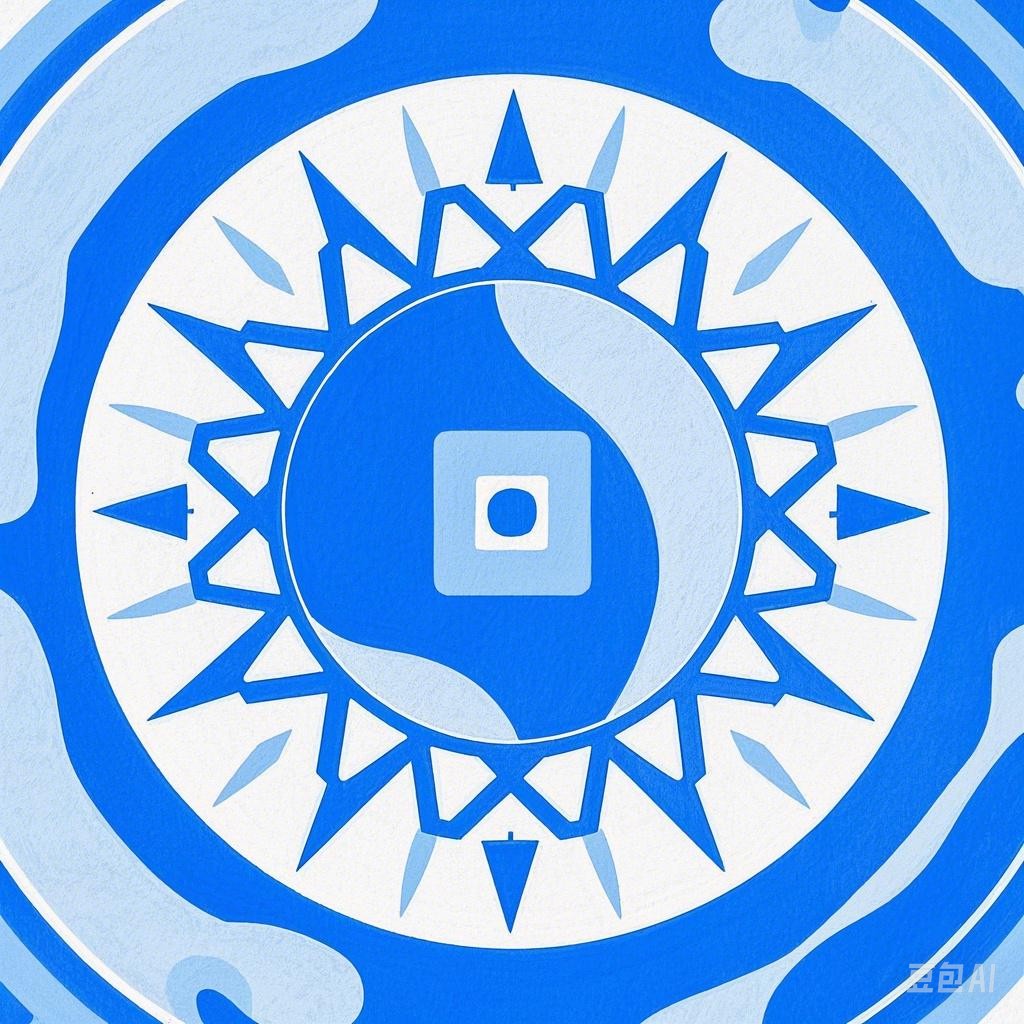Introduction
China, with its rich cultural heritage, boasts a variety of festivals that are celebrated throughout the year. Each festival carries deep historical, cultural, and symbolic meanings, reflecting the values and traditions of the Chinese people. This article aims to delve into the meanings behind some of China’s most significant festivals, providing insight into the customs, rituals, and stories that make these celebrations unique.
Spring Festival (Chinese New Year)
Background
The Spring Festival, also known as Chinese New Year, is the most important and widely celebrated festival in China. It marks the beginning of the lunar new year and typically falls between January 21 and February 20.
Rituals and Customs
- Family Reunions: The festival is a time for families to gather and celebrate. People travel long distances to reunite with their families.
- Feast: A special New Year’s Eve dinner is prepared with a variety of dishes, symbolizing wealth and prosperity.
- Red Decorations: Red, the color of happiness and good fortune, is used extensively in decorations and clothing.
- Fireworks and Firecrackers: These are set off to ward off evil spirits and attract good luck.
Symbolic Meanings
- Longevity: Foods like fish (yu) and nian gao (sticky rice cake) are eaten for their symbolic meanings of prosperity and longevity.
- New Beginnings: The festival marks the start of a new year, a time for reflection and renewal.
Dragon Boat Festival
Background
The Dragon Boat Festival is held on the fifth day of the fifth lunar month, usually in June. It commemorates the poet Qu Yuan, who drowned himself in the Miluo River to protest corruption in the government.
Rituals and Customs
- Dragon Boat Races: Teams of rowers compete in long boats, with the objective of reaching the dragon head first.
- Zongzi: A traditional rice dumpling wrapped in bamboo leaves, is eaten during the festival. It symbolizes the rice that Qu Yuan’s friends threw into the river to keep the fish from eating his body.
Symbolic Meanings
- Courage and Loyalty: The festival celebrates Qu Yuan’s courage and loyalty to his country.
- Health and Happiness: Dragon boat races are believed to bring good luck and health.
Mid-Autumn Festival
Background
The Mid-Autumn Festival is celebrated on the 15th day of the eighth lunar month, usually in September. It is a time to honor the moon and to reunite with family and friends.
Rituals and Customs
- Mooncakes: These round pastries are eaten during the festival and symbolize reunion and fullness.
- Moon Viewing: Families gather to watch the moon and enjoy each other’s company.
Symbolic Meanings
- Harvest and Reunion: The festival is a celebration of the autumn harvest and a time for family reunions.
- Fertility and Happiness: The full moon is a symbol of fertility and happiness.
Double Ninth Festival
Background
The Double Ninth Festival is celebrated on the ninth day of the ninth lunar month, usually in October. It is a day to honor the elderly and to pray for health and longevity.
Rituals and Customs
- Picking Chrysanthemum Flowers: Chrysanthemum flowers are picked and worn to ward off evil spirits and to promote longevity.
- Eating Chongyang Cake: A special type of cake is eaten during the festival, symbolizing the wish for longevity.
Symbolic Meanings
- Respect for the Elderly: The festival is a time to show respect and care for the elderly.
- Longevity and Health: The customs are believed to bring good health and longevity.
Conclusion
China’s festivals are rich in history, culture, and symbolism. Each festival carries its own unique customs and rituals, reflecting the values and traditions of the Chinese people. By understanding the meanings behind these festivals, one can appreciate the depth and richness of Chinese culture.
